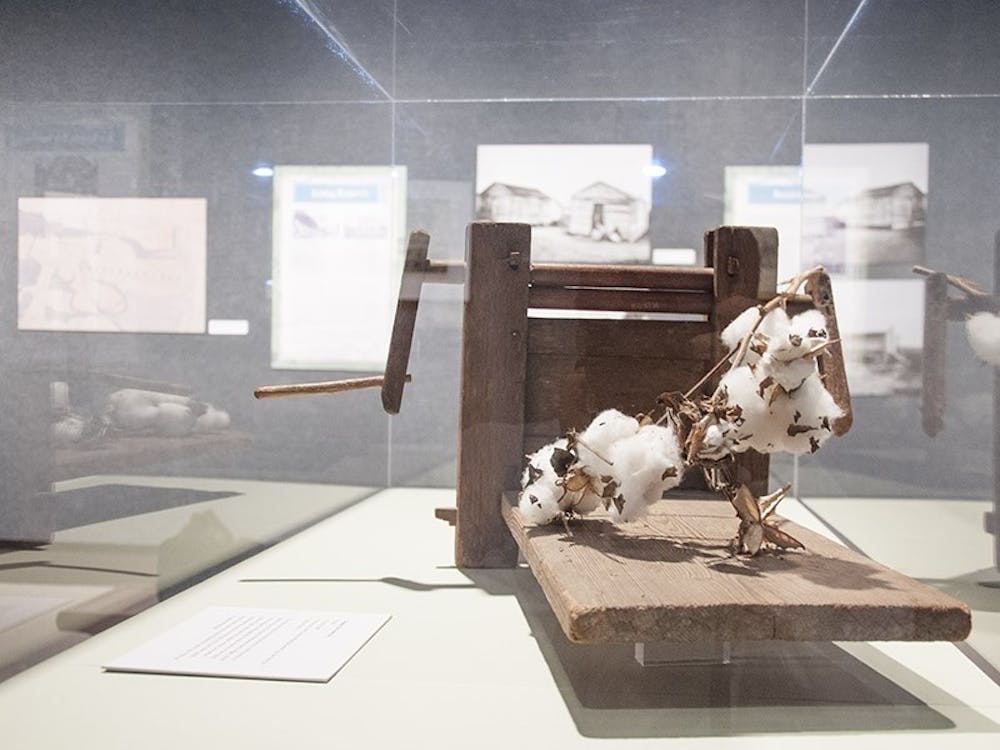Photographer chronicles African-American life in Mitchelville, SC
JoAnn Zeise’s “Dawn of Freedom” photo exhibit opened Feb. 18 at the McKissick Museum, taking viewers through the life of the African-Americans living in Mitchelville, S.C., during the latter part of the 19th century.
Mitchelville was a town established on what is now Hilton Head Island. The town was filled with freedmen, or former slaves. Many of these men, women and children had been self-emancipated, meaning they had escaped from their owners.
Mitchelville was established following the Civil War Battle of Port Royal, after the slaves heard shots and used the distraction as an opportunity to flee from their masters. Once they had escaped the plantations, the Union Army assisted them.
According to Ja-Nae Epps, McKissick’s operations manager, Zeise’s exhibit gives viewers a look into the world of someone living in Mitchelville.
“It was the first freedmen town. Period. Ever. It actually started before emancipation,” Epps said. “These people were self-governed and self-liberated, and education was mandatory for all children.”
“Dawn of Freedom” was originally Zeise’s master’s thesis while she was on a one-year fellowship with USC’s Institute for African American Research. Though she now serves as the curator of history at the State Museum, the staff at the McKissick has continued on with her project.
“After I left for the State Museum, everybody here at McKissick did a terrific job continuing my work,” Zeise said.
The stories of the Mitchelville residents are told through photographs and written descriptions of their experiences from the artist.
“Mitchelville was really about African-Americans being able to determine their own fate and future on their own terms on a large scare for the first time,” Zeise said. “It’s about who we are as Americans and what it’s like to be a citizen.”
McKissick is also housing a scale model of a Mitchelville home, complete with a fireplace, in order to give guests the chance to take a peek into the living conditions of the citizens. Zeise said the house is her favorite part of the exhibit because of the “personal connection” that it provides.
Various artifacts throughout the exhibit transport guests back to the 1860s, when spoons were clumsily-made hunks of metal and one-room houses were common. Many of the objects on display are on loan from places around South Carolina, such as the Slave Relics Museum, according to Epps.
Historian Emory Campbell will be giving a talk using the same exhibit on March 5 for classes and interested students.
The exhibit will be open until June 1, and students can stop by the McKissick Museum to tour the display.
The staff at McKissick has high hopes for the exhibit. According to Epps, opening night “literally brought a busload of people” from Hilton Head.
“We are thrilled about it; it’s a big draw for McKissick,” Epps said.

